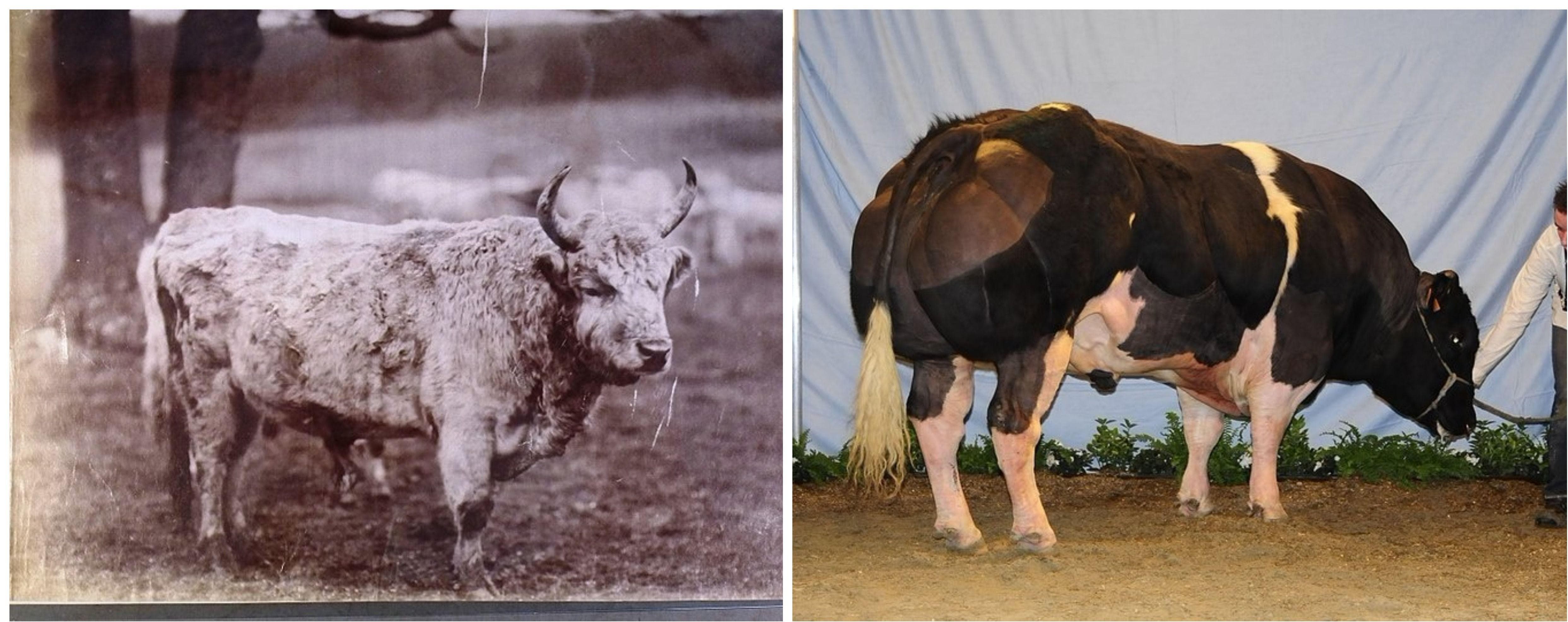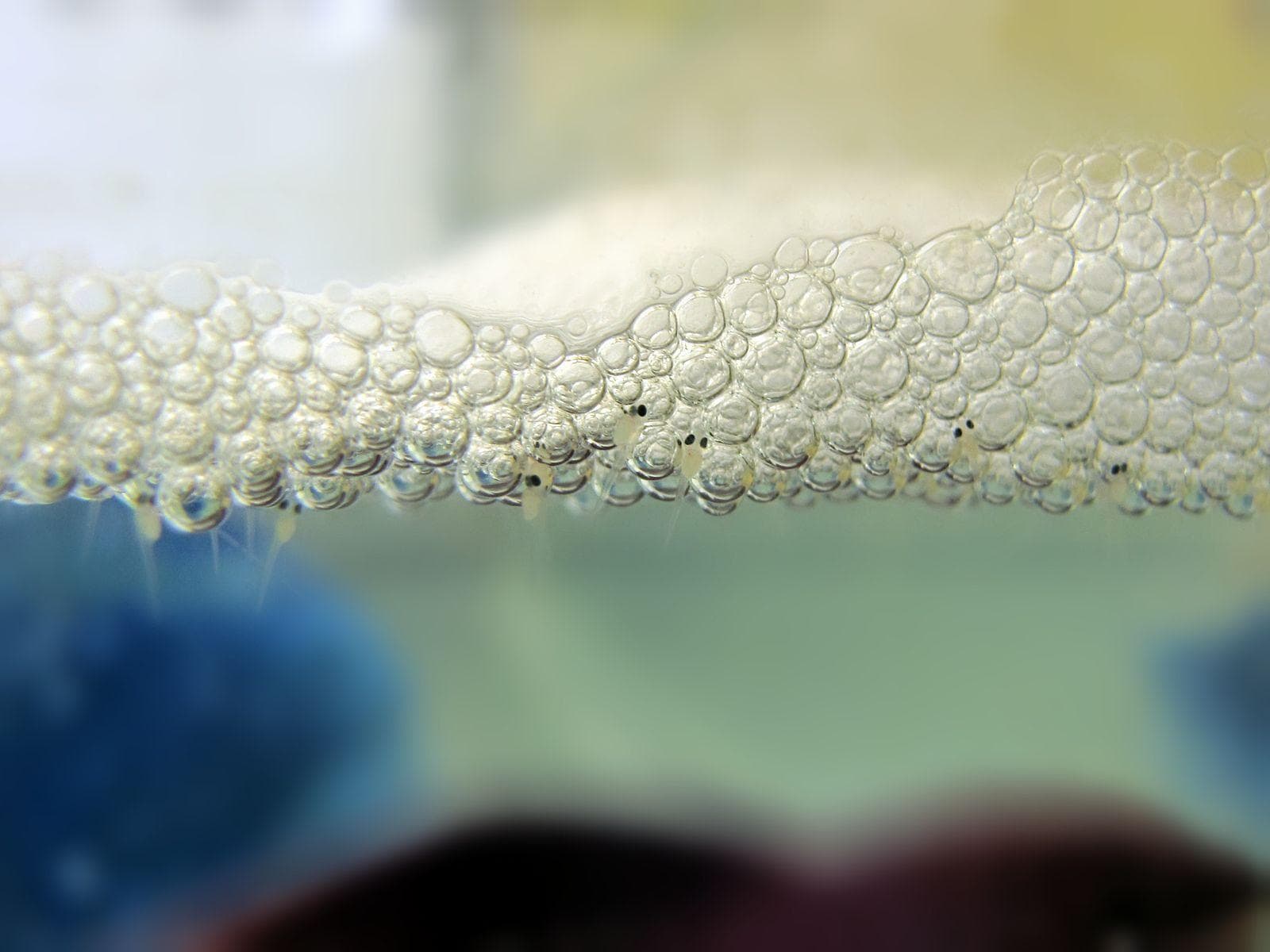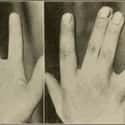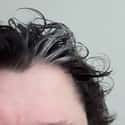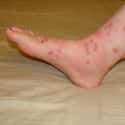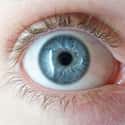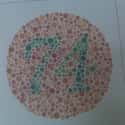-
(#1) Having 5 Fingers
Well, are you surprised yet? You heard that right, having five fingers is actually a recessive human trait compared to six fingers! So how did it happen that everyone except a very small percentage of the population has five-fingered hands?
Well, we're not really sure, but at some point long ago, having five fingers per hand became more prominent.
The trait may be recessive, but because there are so few dominant six-finger genes floating around, we're all still slapping high fives.
-
(#2) Non-Fused Fingers
We definitely see more free-fingered folks around than we do people with webbed or fused fingers, partially because there are so few genes of this type floating around in the population.
Only three to 10 in every 10,000 births show evidence of webbed or fused fingers.
-
(#3) Being Single-Jointed
You probably had some kid in class with you back in elementary school who boasted about being double-jointed. Whether they were telling the truth or not, they were actually bragging about a dominant trait. Having joints like most of the population is actually genetically recessive compared to having joint hypermobility, also called being double-jointed.
This is less likely to affect Europeans, but worldwide about 25% of people are double-jointed, meaning that a whopping three-quarters of us are expressing a recessive trait!
-
(#4) Hair Without White Streaks
You don't see a lot of people walking around with Bride-of-Frankenstein hair. So you might be surprised to know that having streakless hair, as the majority of people do, is a recessive trait.
-
(#5) Not Having Dwarfism
You might be surprised to find that dwarfism is a mostly dominant trait. But that doesn't mean that those with dwarfism invariably have parents with dwarfism.
According to the Tech Museum of Information: "Around 7 out of 8 cases of dwarfism result from DNA changes in the FGFR3 gene that appear out of nowhere. Literally. These changes (or mutations) happen in the sperm or the egg or very early on in development."
-
(#6) Susceptibility To Poison Ivy
An immunity to poison ivy is actually a dominant trait.
Still, roughly 85% of the population shows the recessive trait and is allergic to poison ivy, and 50 million Americans per year have the rashes to prove it.
-
(#7) Non-Freckled Skin
Freckles are cute and kind of rare, but they're also a dominant trait! "If you have an active MC1R gene, your body produces more eumelanin, leading to darker hair and skin that protects against the sun," said "SciShow" host Hank Green.
"If that gene is inactive then you’ll produce more pheomelanin, leading to fairer skin, blonde or red hair and a propensity for freckles."
-
(#8) Being Tall
Yes, being short is actually a dominant trait. But one gene alone doesn't determine height - thousands of genes are thought to contribute.
-
(#9) Type O Blood
It's pretty common knowledge that type O blood is always in demand because it can coexist with any other blood type, meaning it can be donated to anyone. Type O blood is associated with a recessive gene, so you might think it's harder to find, right?
Nope! Fortunately, type O is the most common blood type.
-
(#10) The Ability To Carry A Tune
Everyone can at least hum a bar or two of "Twinkle Twinkle Little Star," and people love to strut their stuff for karaoke. Those things might be true, but the ability to carry a tune is actually recessive. Tone deafness is, unfortunately, the dominant trait.
Tone deafness is an additive trait, meaning that lots of genes work together to determine how tone deaf you are.
-
(#11) Not Being Nearsighted
Nearsightedness is thought to be a recessive trait, but one gene alone doesn't determine how good your vision is. According to the Tech Museum of Information: "The genetics of poor eyesight are too complicated to be a simple dominant or recessive trait. Something like 'nearsightedness' is probably made up of more than one disease and each disease probably has more than one gene involved!"
Nearsightedness is on the rise - it's believed one in every three people will be nearsighted by 2020.
-
(#12) Blue Eyes
According to the Tech Museum of Information, "blue eyes are mostly recessive." The trait's not truly recessive because it depends on two genes, OCA2 and HERC2.
"Both come in versions that can cause blue eyes," wrote Dr. Barry Starr of Stanford University. "And they need each other to work."
-
(#13) Hairless Hands
For years, it was thought that having hair on the middle segment of your fingers was controlled by a single dominant gene. Studies have since shown this to be false. But having a bare middle segment of your fingers is still a mostly recessive trait.
"Family studies show that mid-digital hair is not a simple genetic trait," wrote Dr. John H. McDonald. "It may be that the genetics of the trait are more complicated, or it may be that there is an environmental influence (such as hand work wearing away the hairs)."
-
(#14) Straight Hair
Straight hair is another mostly recessive trait, not a trait that depends on a single recessive gene. According to the Tech Museum of Information: "There are two versions of the hair type gene, curly and straight. Hair type is an interesting case of something called incomplete dominance. What this means is that with hair type, if you have one of each version of the gene, you get a mix of the two or wavy hair."
-
(#15) Colorblindness
While several factors can contribute to colorblindness, the overwhelming majority of cases, which involve red-green colorblindness, are inherited. This form of colorblindness is linked to sex - for every red-green colorblind female, there are roughly 16 red-green colorblind men.
According to Color-Blindness.com: "If one or both of your parents is suffering from some type of color vision deficiency, there is a certain chance that you or your children will have the same vision handicap."
New Random Displays Display All By Ranking
About This Tool
Only when the gene is homozygous, the trait determined by the Recessive gene will be expressed. In the heterozygous state, the phenotype of the organism shows the characteristics determined by the dominant gene. Recessive genes in biology are represented by lowercase letters, while dominant genes are represented by uppercase letters. For example, a recessive homozygote is denoted as aa, and a heterozygote is denoted as Aa.
An example of a recessive gene is the blue eyes, which are recessive genes compared to brown eyes. The random tool introduces 15 of the most common recessive genes in humans that you may find in your own body, such as non-fused fingers, type O blood, etc.
Our data comes from Ranker, If you want to participate in the ranking of items displayed on this page, please click here.





